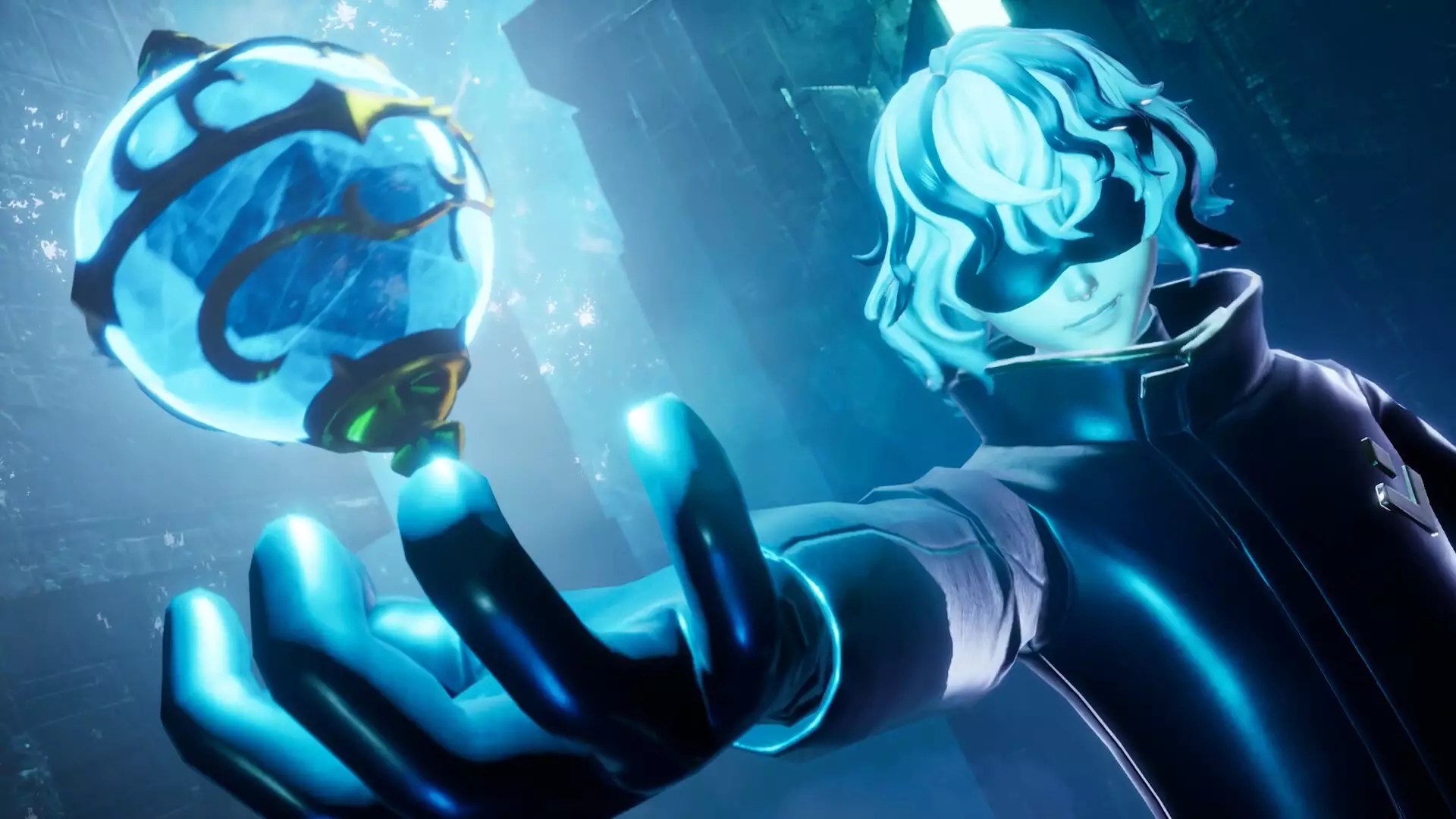When players indulge in expansive video games, they often immerse themselves in a sprawling world teeming with endless possibilities and dynamic content. However, as the lead developers from titles like Helldivers 2 and Palworld have candidly pointed out, this immersion often spawns unrealistic expectations regarding the rate at which new content is delivered. The crux of the issue lies in the rampant success of blockbuster games like Fortnite and Call of Duty, which have built colossal ecosystems supported by vast teams and significant financial turmoil. This dynamic can lead players to mistakenly equate their favorite indie or mid-tier games with these juggernauts, expecting similar outputs without fully grasping the behind-the-scenes intricacies.
John Buckley, a community and publishing manager for Palworld, candidly expressed this frustration when he said, “I think people have very unrealistic expectations of timelines.” He reflects on his own avid gaming habits, recognizing the hunger for more content but acknowledging the time-consuming nature of game development. The lengthy and painstaking process of creating feature-rich updates is rarely visible to the average player. Instead, the waiting period often culminates in speculation and impatience, which can morph into negative feedback on social media platforms.
The Creative Burden of Developers
Johan Pilestedt, the creative lead of Helldivers 2, emphasizes the transformational process that games undergo to arrive at their final playable form. He cleverly compares it to filmmaking, elucidating that creating a game is akin to constructing characters from scratch. Players might fail to comprehend that, unlike a movie where dialogue can simply be instructed, game development encompasses layers of technology, artistic vision, and interactive elements. This complexity not only adds to development time but also makes immediate responses to player feedback a Herculean feat.
Pilestedt’s statement captures the frustration that resonates deeply within the gaming community, as he explains how what might seem like straightforward updates often contain intricate nuances. Each interaction, mechanic, or additional feature can have cascading consequences on the game’s overall architecture. Thus, developers find themselves in a position where they must weigh each decision with utmost care, further elongating the timeline.
Navigating Expectations and Realities
As the gaming industry evolves, so does its audience. Players now interact with their beloved titles on a profound level, often feeling a sense of ownership over them. This relationship can manifest in passionate, albeit misguided, demands for rapid updates and dynamic content. While this engagement is undoubtedly beneficial for fostering a devoted community, it simultaneously complicates the realities of game development, establishing a disconnect between expectation and feasibility.
The dialogue about development timelines is often muddled in the noise of urgent requests for new content. Use of social media and online forums amplifies this disconnect, while also escalating frustrations on both sides. Buckley astutely mentions that, “there’s so many people that say we’ve dropped off, we’re dead, or we’ve run away with the money.” This highlights not only player frustrations but also the damaging narratives that can ensue when the pacing of content delivery does not match player expectations.
Bridging the Gap: Recommendations for Better Understanding
Given the profound nature of this issue, the onus lies on both developers and players to cultivate a better understanding of the game development landscape. Game creators must take it upon themselves to break down the complexities of their work for their audiences. Transparency in development processes, revealed through dev blogs, behind-the-scenes videos, or community Q&As, can help foster patience and understanding among communities.
Moreover, addressing and managing expectations through clear communication about timelines and project scopes can mitigate the waves of discontent that often arise during long waits for updates. Players, on the other hand, should strive to approach their favorite games with empathy. Recognizing the hard work and meticulous attention to detail that developers pour into their projects can lead to a healthier, more supportive community atmosphere, brimming with appreciation rather than frustration.
This melding of understanding may not eliminate the anticipation that comes with enjoying a beloved game, but it can create an environment where both players and developers collaborate, share triumphs, and navigate challenges together. Gaming is an art form supported by creativity, hard work, and dedication—recognizing this can transform player experiences from mere consumption to shared appreciation.


Leave a Reply